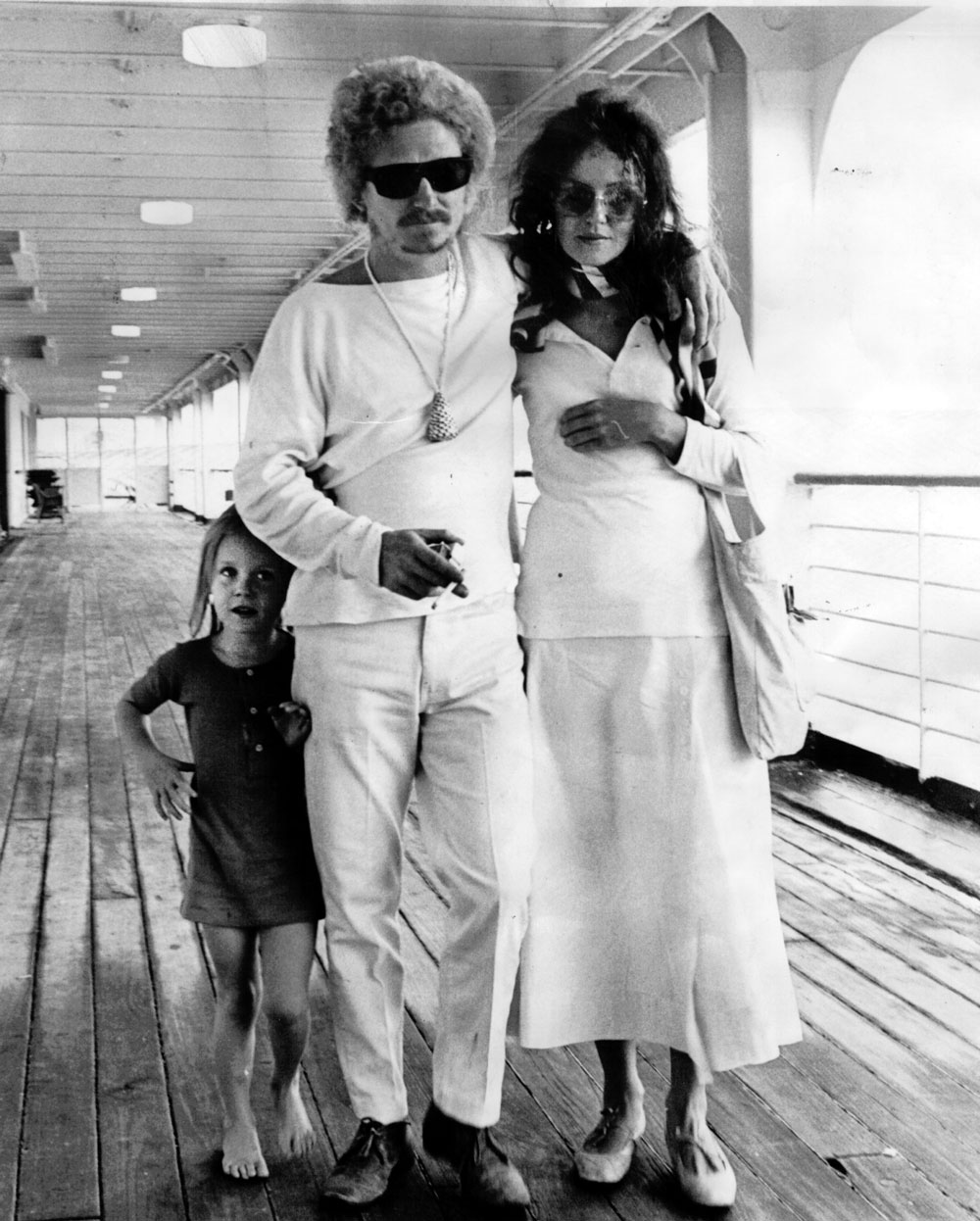About Brett Whiteley
Brett Whiteley is one of Australia’s most celebrated 20th-century artists. He conceived some of his most famous works, including Self portrait in the studio, winner of the Archibald Prize in 1976 and The Sulman Prize for Interior With Time Past at his home and studio in Lavender Bay. In 1977, Brett won the Wynne Prize for The Jacaranda Tree (on Sydney Harbour) and in 1978, won the Archibald prize for Art, Life and The Other Thing, the Sulman prize for The Yellow Nude and the Wynne prize for Summer at Carcoar.
Filled with brilliant blocks of colour, his most-loved paintings capture Lavender Bay on Sydney’s harbour in all its moods, white yachts bobbing on its surface.
Brett’s work is held in the permanent collections of all Australian state galleries including the National Gallery of Australia, the Art Gallery of NSW, and the Brett Whiteley Studio. Brett’s work is also part of the permanent collection at the Tate Gallery in London and the Metropolitan Museum of Art in New York.
Location
Category
Share and save

Brett's early days
Brett Whiteley was born in Sydney in 1939, growing up in the suburb of Longueville on the Lower North Shore.
He loved to draw, even as a child. Portrait painter William Dobell was a frequent visitor to the family home and Brett discovered Lloyd Rees’s intricate and sensitive drawings of the harbour as a teenager.
While at school in Bathurst and Bellevue Hill in Sydney, Brett wrote to his mother asking her to buy him a second-hand easel and art books.
The journey begins
At 17, a striking, thin figure with curly ginger hair, Brett left school to work in advertising. He would occasionally spend his evenings attending life drawing classes at the National Art School in Darlinghurst and the Julian Ashton Art School in The Rocks.
During this time, he met Wendy Julius, a fellow art student, and his future wife. In 1959, he won the Italian Government travelling art scholarship and they both travelled to Italy in 1960.
The couple then went to London, where they married in 1962. At the end of 1965, Brett and Wendy returned to Australia, residing at Whale Beach with their daughter Arkie, who had been born in London the previous year. In mid-1966, they returned to London via Calcutta.
In 1967, aided by a Harkness Fellowship, Brett, Wendy and Arkie, set sail for New York on the final voyage of the RMS Queen Mary. The family settled at the Chelsea Hotel, where Brett produced a major exhibition for the Marlborough Gallery, New York. The family returned to Australia in 1969 after a short time in Fiji.
The Lavender Bay legacy
That same year, they rented the upstairs flat at 1 Walker Street, Lavender Bay. The lower level became Brett's first Sydney studio.
The Whiteleys purchased the whole property in 1974 and worked with architect Tony Edye to return the building to a single dwelling, making the most of the views and creating a bigger studio space. To others, Lavender Bay was 'run down, a dead end, but to us it seemed magical', Wendy once said, when describing their lives there.
Some of Brett’s most loved paintings were inspired by views of Sydney Harbour from the house — compositions of blue water, palms and skies.
Lavender Bay remained Brett’s studio and home until 1988. In 1985 he bought an old factory in inner Sydney now known as the Brett Whiteley Studio. The building at 2 Raper Street, Surry Hills, is managed by the Art Gallery of NSW and The Brett Whiteley Foundation.
Brett and Wendy were divorced in 1989, and Brett died in 1992.
Life after Brett
In 1994 The Art Gallery of NSW and the Brett Whiteley Studio curated the travelling exhibition Brett Whiteley Art and Life.
To this day, Wendy still lives in the Lavender Bay house. In 1992, with enthusiastic support from Arkie, Wendy began creating the now much-loved green space, Wendy’s Secret Garden on the edge of the Harbour.
In 2022, Wendy announced the Wendy and Arkie Whiteley Bequest.
Almost 2,000 Brett Whiteley artworks will be left jointly to the Art Gallery of New South Wales and the Brett Whiteley Foundation, and the sale of the Lavender Bay home will secure the future of the collection.
The Bequest honours the couple’s daughter Arkie who died in 2001 of cancer.
Related information
- Wendy’s Secret Garden
- Brett Whiteley Studio – Art Gallery of NSW
